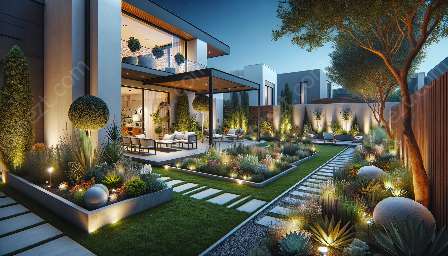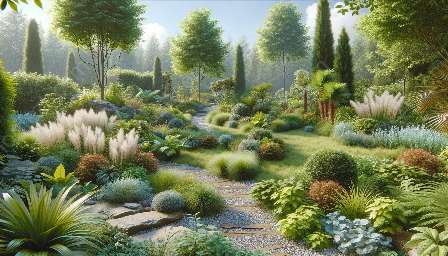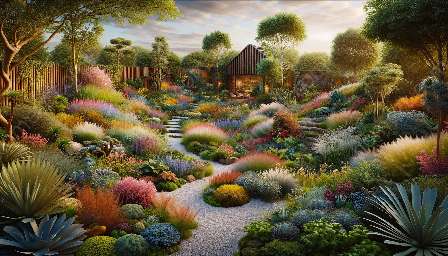An edible garden is a delightful way to transform your yard or patio into a beautiful and productive space. Imagine stepping outside your home and picking fresh vegetables, herbs, and fruits to enjoy at any time. It not only provides a sustainable and healthy food source but also adds aesthetic appeal to your outdoor area, seamlessly blending with your garden design and enhancing the overall ambiance of your yard or patio.
Edible Gardens: A Conceptual Overview
Edible gardens, also known as kitchen gardens or potager gardens, are designed to be both productive and aesthetically pleasing. They are often integrated into the overall garden design, offering a balance between functionality and beauty. These gardens can be tailored to suit any space, from expansive yards to small urban patios, making them accessible to a wide range of enthusiasts.
The Benefits of Edible Gardens
There are numerous benefits to cultivating an edible garden. Firstly, it provides a sustainable source of fresh, organic produce right outside your door, reducing your reliance on store-bought items. Additionally, it encourages a deeper connection with nature and offers the satisfaction of growing and harvesting your own food. From a design perspective, incorporating edible plants into your garden adds texture, color, and fragrance, creating an engaging and dynamic landscape.
Harmonizing Edible Gardens with Garden Design
Integrating an edible garden with the existing garden design is essential for achieving a cohesive and visually appealing outdoor space. Consider the following aspects to seamlessly blend your edible garden with your overall garden design:
- Layout and Organization: Plan the arrangement of your edible plants to complement existing floral beds or hardscaping elements such as paths, walls, or seating areas. The layout should be both practical and visually appealing.
- Aesthetic Appeal: Select edible plants that not only serve a culinary purpose but also contribute to the overall aesthetics of the garden. Mixing colorful vegetables, aromatic herbs, and fruit-bearing bushes can create an enchanting and diverse landscape.
- Seasonal Variation: Embrace the changing seasons by incorporating a variety of edible plants that showcase different colors, textures, and growth habits throughout the year. This adds interest and dynamism to your garden design.
- Functional Design Elements: Explore the integration of functional design elements such as trellises, raised beds, or container gardening to add architectural interest and practicality to your edible garden.
Cultivating an Edible Garden in Small Spaces: Yard & Patio
For those with limited outdoor space, creating an edible garden on a yard or patio presents exciting opportunities. Consider these tips to maximize the potential of your small space:
- Vertical Gardening: Utilize walls, fences, or trellises for growing climbing vegetables or trailing herbs. Vertical gardening helps maximize space and adds visual interest to your patio or yard.
- Container Gardening: Opt for planting in containers to cultivate a variety of edible plants, regardless of the size of your outdoor area. From herbs and salad greens to compact fruit trees, containers offer flexibility and mobility.
- Herb Spiral or Raised Beds: Create a compact herb spiral or raised beds to efficiently maximize planting space while adding an architectural focal point to your yard or patio.
Embracing Edible Gardens for a Healthier Lifestyle
Embracing the concept of edible gardens allows you to reconnect with nature and promote a healthier lifestyle. By carefully fusing garden design principles with productive and visually appealing plants, you can create an oasis of fresh flavors and natural beauty in your own yard or patio. Start planning your edible garden today and enjoy the bountiful rewards it has to offer!




